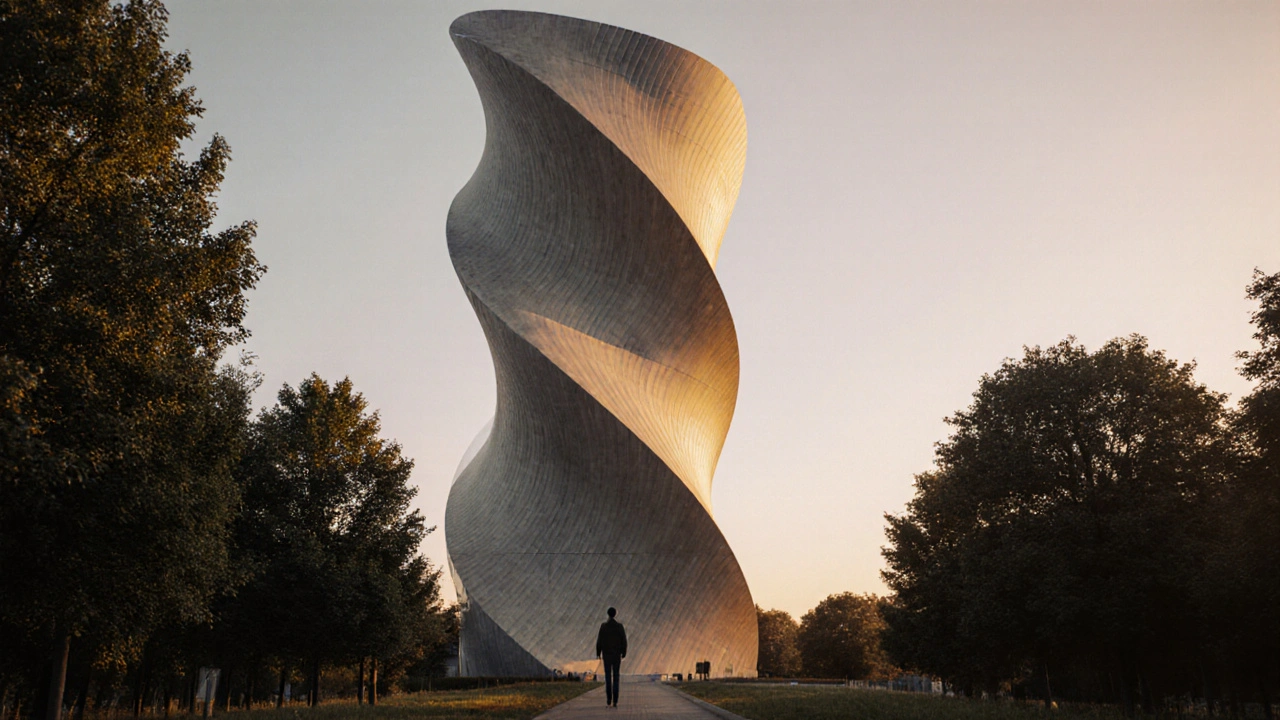Expressionist Design: Raw Emotion in Architecture and Art
When you walk into a building that feels like it’s screaming, laughing, or trembling—that’s expressionist design, a movement that prioritizes emotional impact over symmetry, order, or tradition. Also known as emotional architecture, it doesn’t aim to impress with perfection. It wants to shake you. This isn’t about clean lines or quiet elegance. It’s about jagged roofs, twisted walls, and colors that feel like a punch to the gut. Expressionist design emerged in the early 1900s as a reaction against cold, industrial modernism. Artists and architects didn’t just want to build—they wanted to scream, cry, and dream in concrete and glass.
It’s closely tied to expressionism in art, a style that distorts reality to reveal inner feelings. Think of painters like Egon Schiele or Ernst Ludwig Kirchner, whose figures twist and bleed with anxiety. Architects took that same energy and turned it into buildings. The Einstein Tower in Potsdam, designed by Erich Mendelsohn, looks like a melting sculpture—curved, dynamic, alive. It doesn’t sit quietly on the land. It pulls you in. That’s the core of expressionist design: it refuses to be ignored. You don’t just see it—you feel it. And that feeling? It’s messy, urgent, and deeply human.
Expressionist design doesn’t ask for approval. It demands a reaction. It’s why people still talk about the Berlin Philharmonic’s wooden ceiling, which feels like waves caught in timber, or the Goetheanum in Switzerland, built from concrete shaped like organic forms that defy geometry. These aren’t just buildings. They’re emotional landscapes. And while the movement faded after the 1920s, its DNA is everywhere—seen in the raw concrete of Brutalism, the swirling forms of Zaha Hadid’s work, and even in today’s digital facades that pulse with light. You’ll find traces of it in the posts below: how artists used color to convey chaos, how architects turned fear into form, and how broken symmetry became a language of truth. There’s no rulebook here. Just feeling. And if you’ve ever stood in front of a building and felt something you couldn’t name—you already know what expressionist design is.

Masterpieces of Expressionist Architecture You Must Visit
Discover five iconic expressionist buildings that blend emotion with architecture-curved towers, glowing glass, and bold forms that still inspire today. Visit the Einstein Tower, Goetheanum, Chilehaus, and more.
Read more